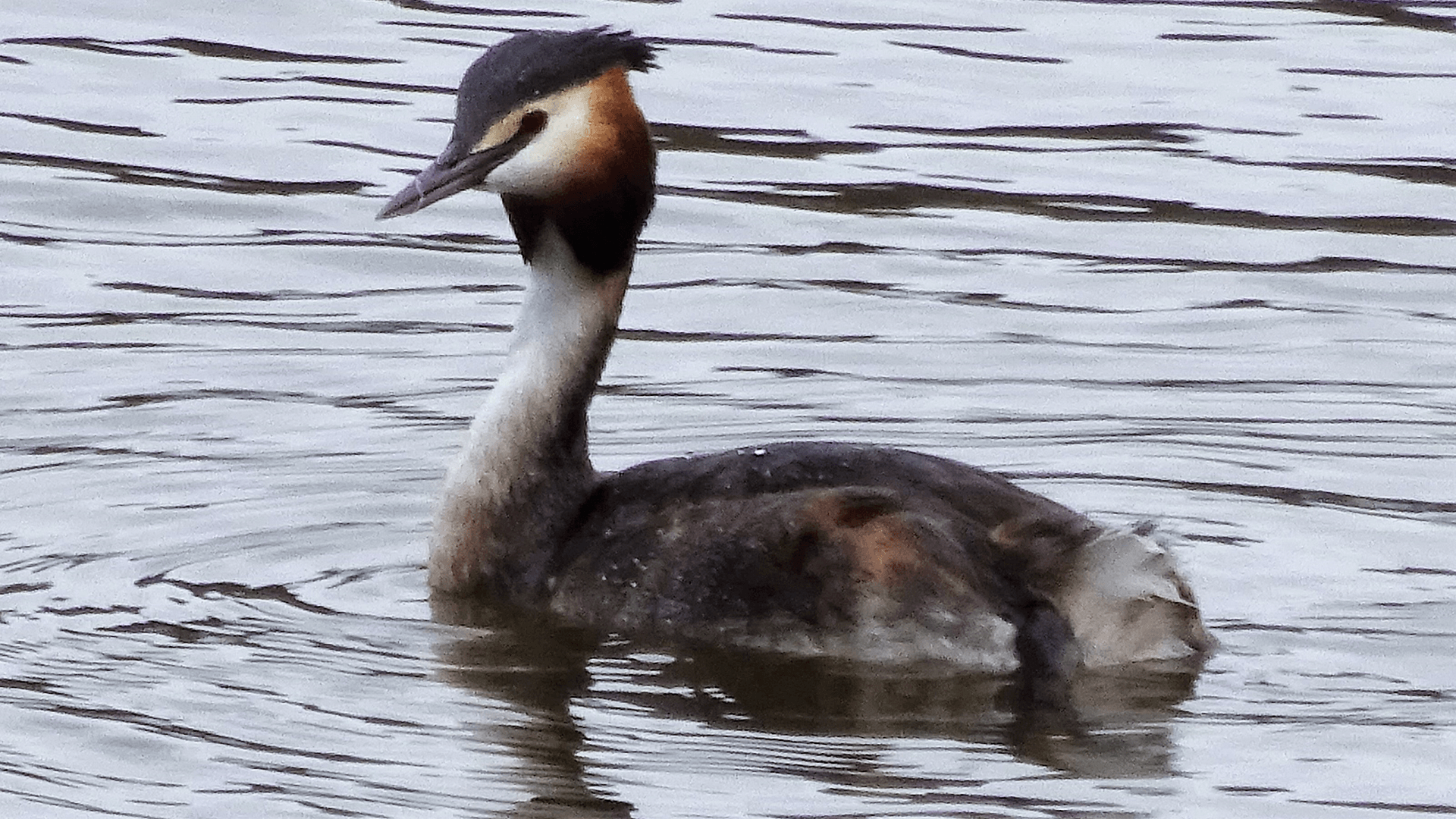
Slide title
Great Crested Grebe Podiceps cristatus
©Raymond Small TQ4792 17/03/2017
Button

Slide title
Great Crested Grebe Podiceps cristatus
©Michael Trump TQ4792 12/12/2023
Button

Slide title
Great Crested Grebe Podiceps cristatus
©Michael Trump TQ4792 13/03/2018
Button
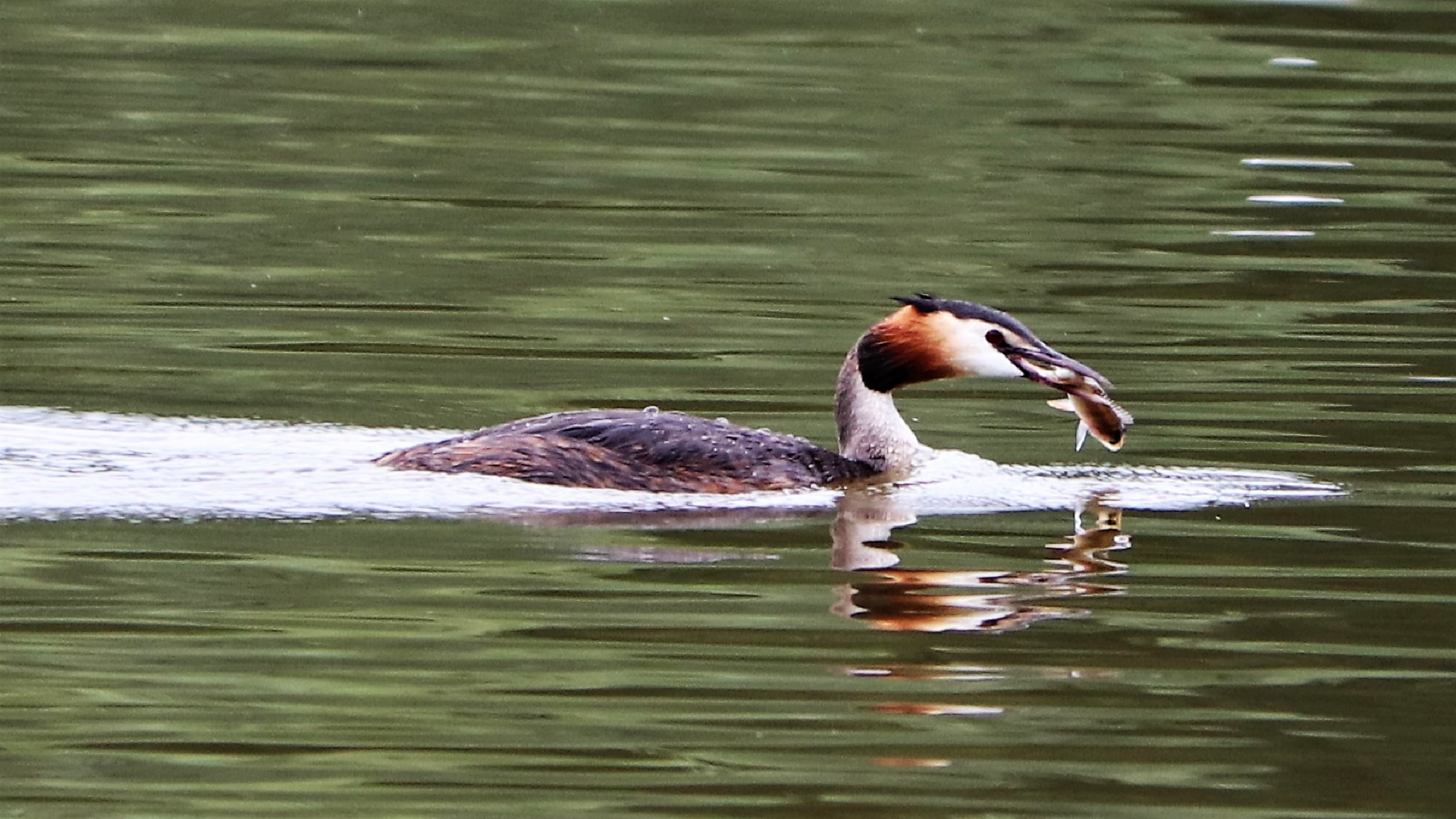
Slide title
Great Crested Grebe Podiceps cristatus
©Michael Trump TQ4792 12/07/2018
Button

Slide title
Great Crested Grebe Podiceps cristatus
©Michael Trump TQ4590 31/05/2020
Button
-
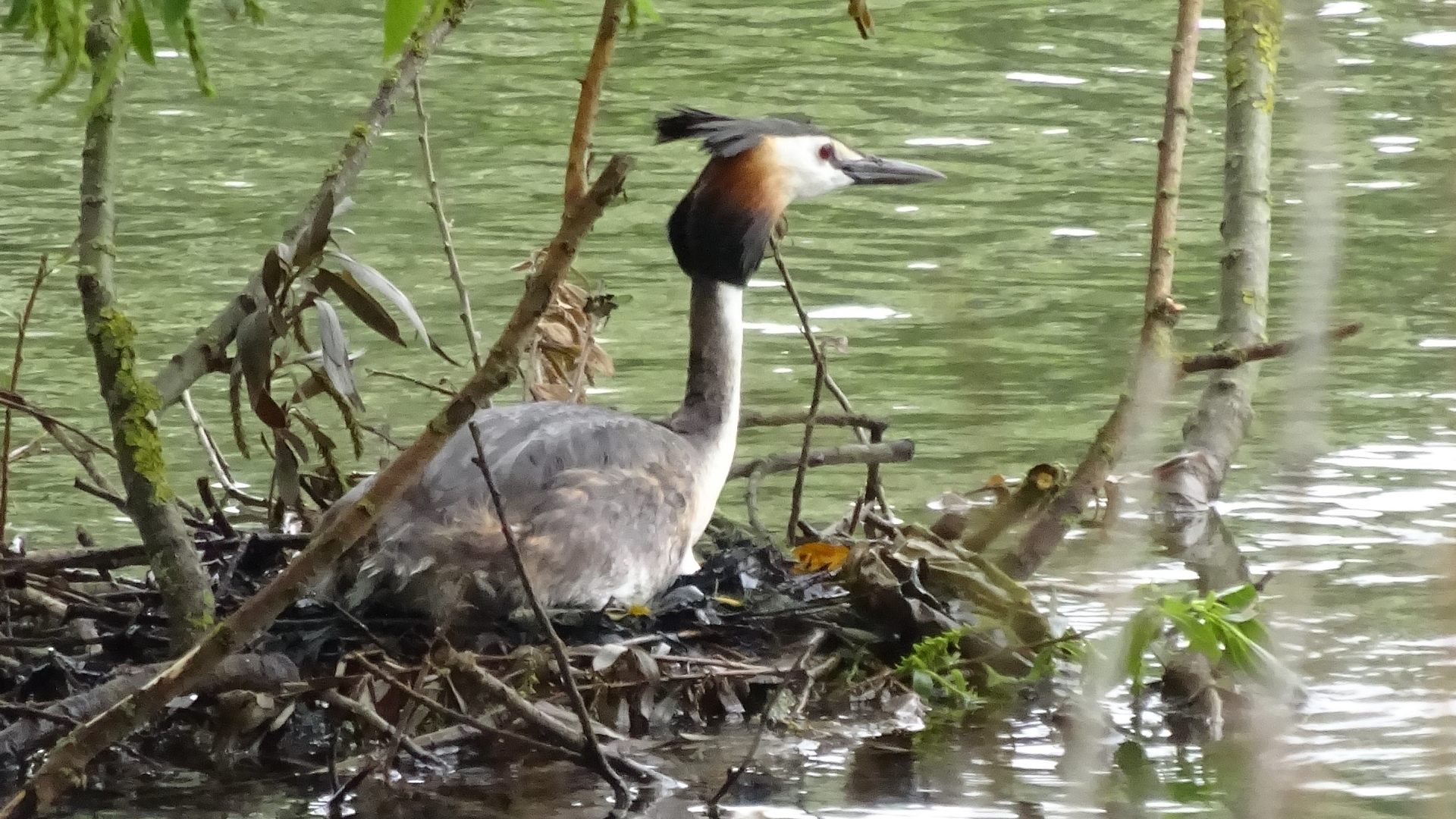
Slide title
Great Crested Grebe Podiceps cristatus
©Raymond Small TQ4792 07/06/2017
Button

Slide title
Great Crested Grebe Podiceps cristatus
©Brian Ecott TQ4792 12/05/2017
Button
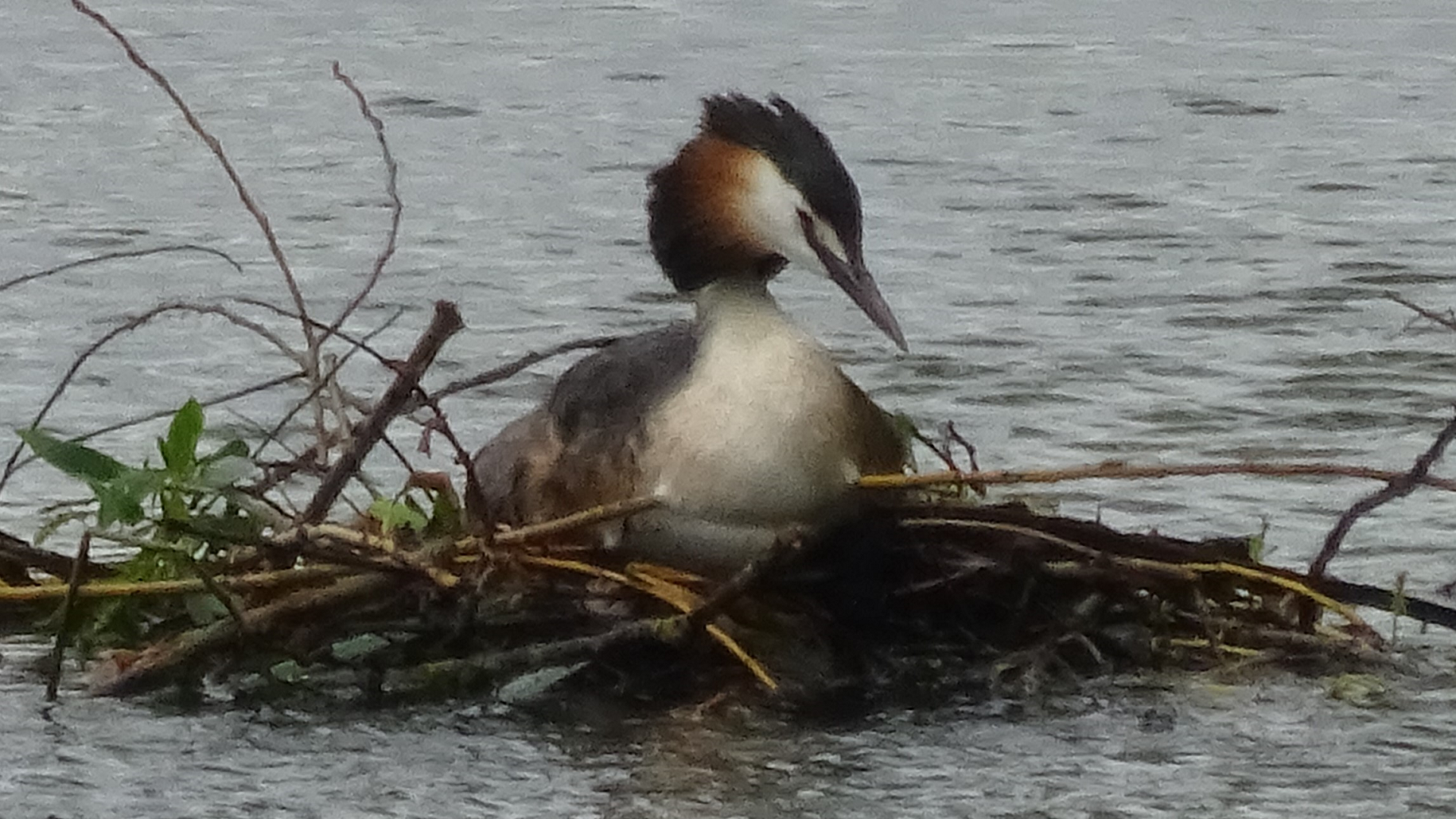
Slide title
Great Crested Grebe Podiceps cristatus
©Michael Trump TQ4792 06/10/2017
Button

Slide title
Great Crested Grebe Podiceps cristatus
©Michael Trump TQ4590 31/05/2020
Button

Slide title
Great Crested Grebe Podiceps cristatus
©Michael Trump TQ4590 31/05/2020
Button

Slide title
Great Crested Grebe Podiceps cristatus
©Michael Trump TQ4590 31/05/2020
Button

Slide title
Great Crested Grebe Podiceps cristatus
©Michael Trump TQ4590 31/05/2020
Button
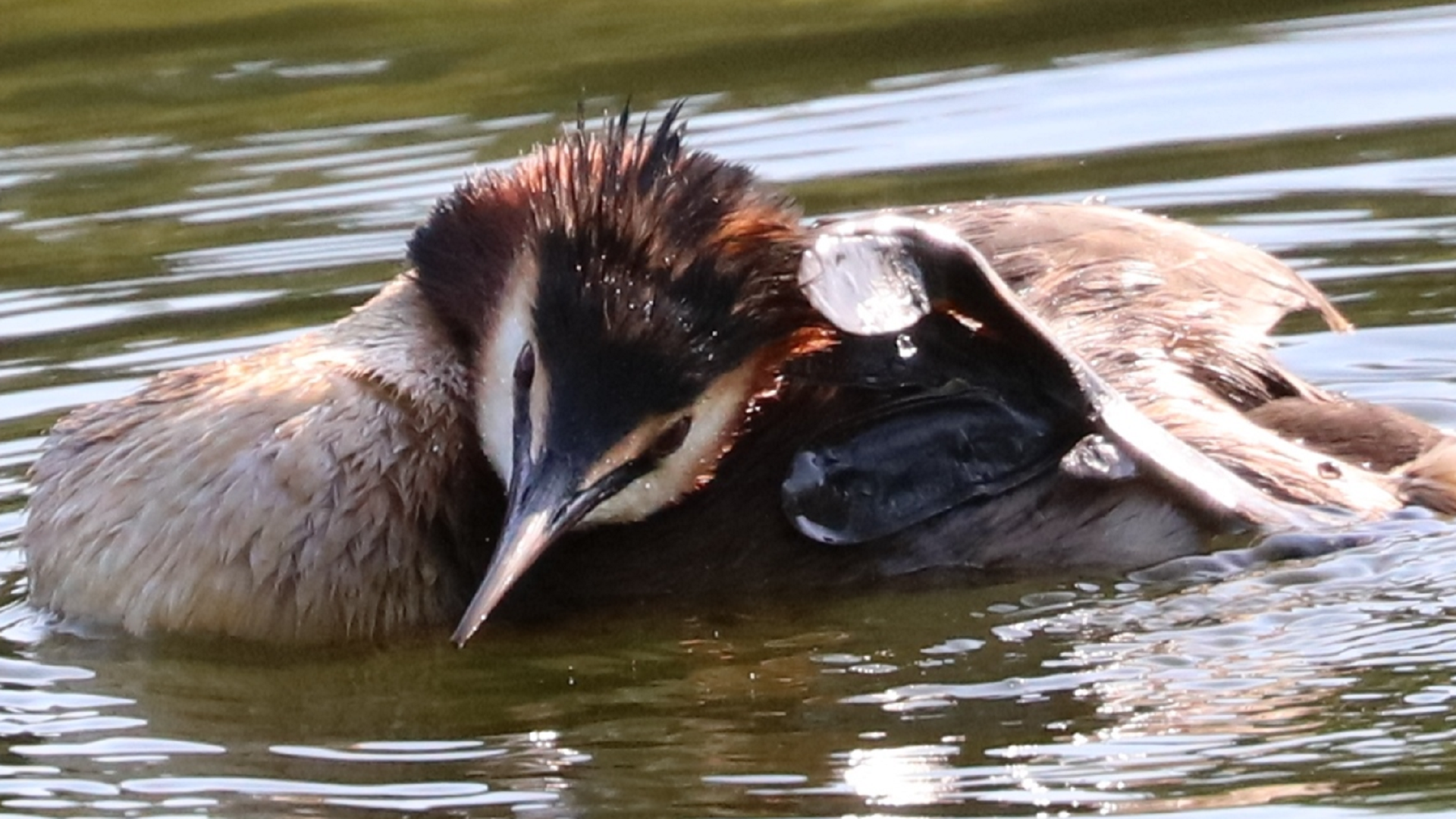
Slide title
Great Crested Grebe Podiceps cristatus
©Michael Trump TQ4590 31/05/2020
Button

Slide title
Great Crested Grebe Podiceps cristatus
©Michael Trump TQ4590 31/05/2020
Button
Great Crested Grebes
are the largest of the British grebes. They dive underwater to catch fish and also when they feel threatened. Pairs normally start courtship in mid-winter. Flamboyant rituals such as synchronised swimming, diving, head shaking, weed presentation and running on water take place. If a couple accept each other then a floating nest will be built. The parents give their young feathers to swallow when feeding. The reason for this is unclear, but it has been suggested that this is done to assist them in regurgitating fish bones and to make them less susceptible to gastric parasites.

Slide title
Little Grebe Gachybaptus ruficollis
©Raymond Small TQ4590 12/12/2017
Button
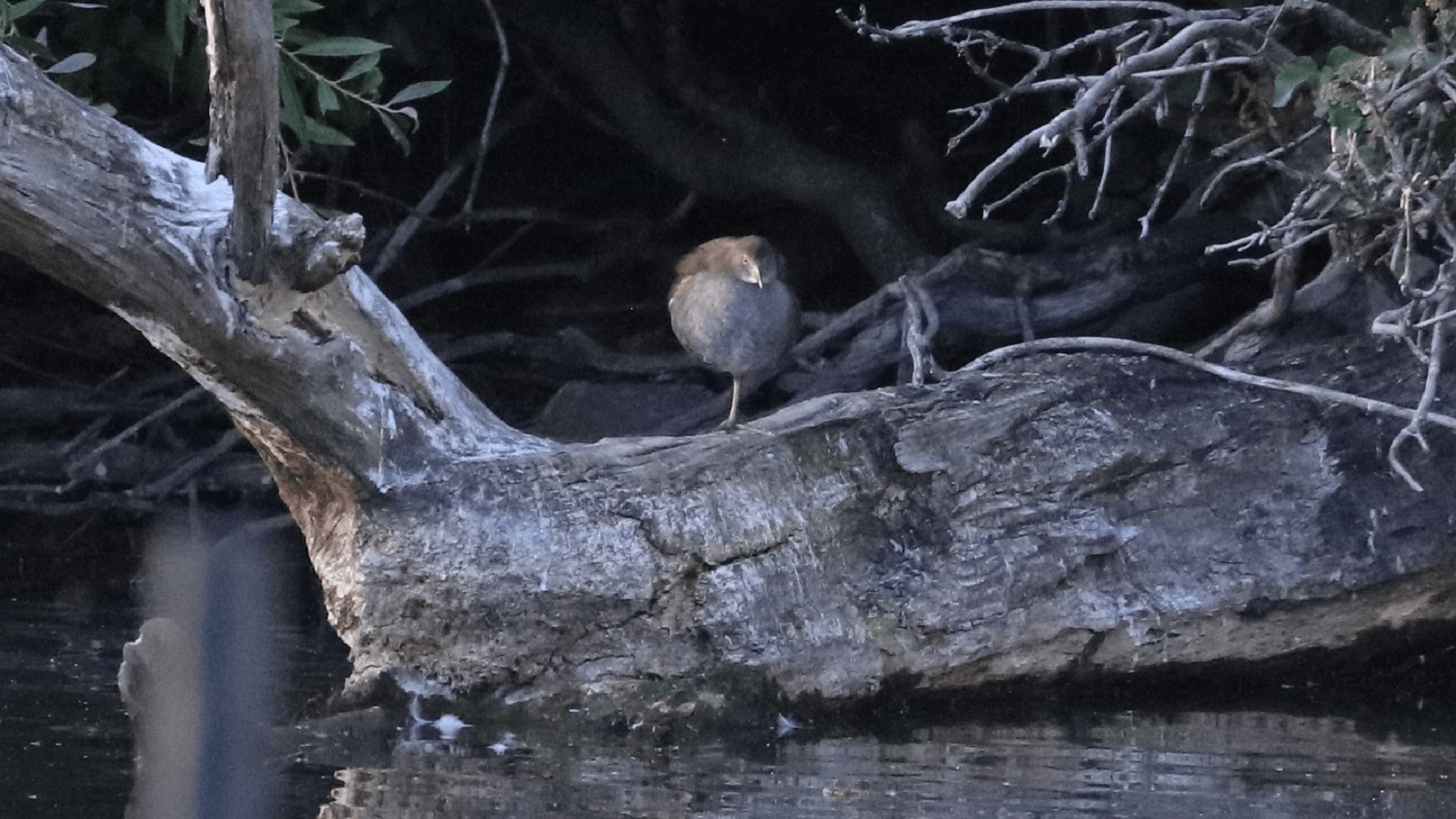
Slide title
Little Grebe Gachybaptus ruficollis
©Michael Trump TQ4792 11/10/2022
Button
Little Grebes
are the smallest British Grebe. In summer the adult is mainly dark on top, with a rufous coloured neck, cheeks and flanks, and bright yellow pointed bill. During winter the colour changes to a dirty brownish-grey in non-breeding birds and there is usually a fluffy-looking rump. Juveniles have yellow black-tipped bills, and black and white streaks on the cheeks and sides of the neck. Nests are built on floating vegetation. Its breeding call is a repeated weet-weet-weet sounding like a whinnying horse. They dive to catch fish on which to feed. Chicks are often carried on the backs of the swimming adults although they can swim soon after hatching. Also known as Dabchicks.

















